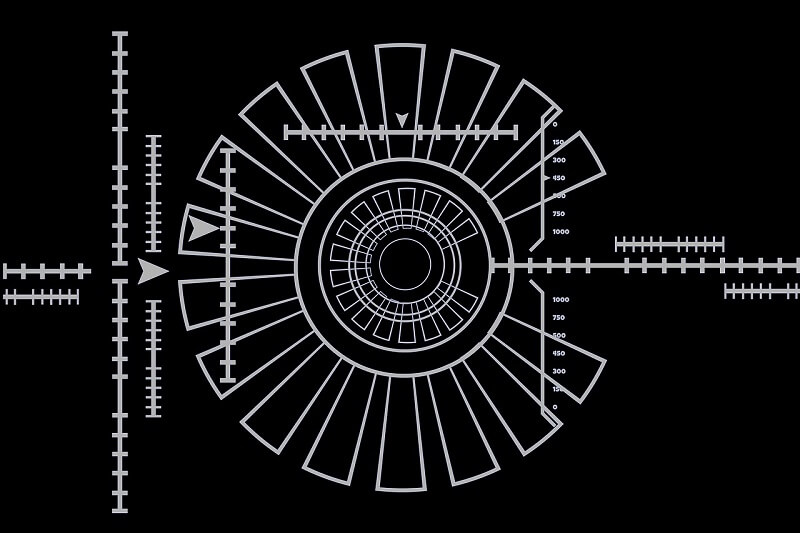Hello guys, today in this blog post, we will discuss the 6 ways that the court and police digitalize evidence. So keep reading.
Digital evidence is a recent concept in the law enforcement sector. Police forces and courts increasingly rely on this evidence in investigations and trials. However, there are technical issues surrounding its implementation. Therefore, you’ll need to learn how different levels of law enforcement are digitalizing evidence and using it.
Digital Justice

The tools are already there: cloud-based systems, digital evidence software, blockchain, internet, and AI. The justice system now needs to learn how to use them. Here are six ways technology is making law enforcement better.
6 Ways That The Court And Police Digitalize Evidence:
Digital Evidence Management (DEM)
Documents and Other Physical Evidence
Improvement of Videos and Images
Cloud-Based Storage
More police forces and courts are resorting to cloud-based systems for storing evidence. Once a piece of physical evidence is digitalized, it’s promptly uploaded to a cloud-based system.
Digital storage of evidence is beneficial for several reasons, including allowing different police forces and courts to access the same information. This in turn leads to much more effective collaboration.
Digital Evidence Management (DEM)
Several tech companies worldwide are investing in developing DEM software for public institutions. Countries like the UK and the US are making significant progress.
In the UK, 90% of investigations include a digital element. Typically, this kind of system digitalizes and organizes different kinds of evidence and stores it in all types of files.
AI and Machine Learning
Machine learning and artificial intelligence (AI) have become powerful allies for investigators, prosecutors, and judges. Also, Machine learning can spot processual violations from judges or law enforcement agents.
AI can help crop poor-quality evidence, like CCTV videos, damaged documents, and others. Some of the best DEM software already incorporates those features.
Emails, Messages, and Others
Evidence like text messages, emails, and files, are already digital. So, in theory, they don’t have to be “digitalized.” Still, they need to be stored in a centralized manner. Also, here, AI and machine learning play a vital role. They automatically identify and store this kind of content.
Moreover, it’s possible to collect such material online. GPS sports watches, and other wearable gadgets connected to the internet, are some types of evidence that DEM software can collect.
Documents and Other Physical Evidence
Physical documents, like IDs, contracts, and letters are storable and recoverable. Nowadays, there are powerful scanners and digital reconstruction software also available for the task.
Physical evidence can be stored digitally. In fact, it is one of the safest ways to preserve its integrity. AI software can also extract and analyze the information in such documents.
Improvement of Videos and Images
Poor-quality audiovisual content can be uploaded to the system, then cropped and improved. Moreover, CCTV videos and poor-quality pictures can have valuable information about a suspect’s face, license plates, and more.
Also, uploading this kind of content into sophisticated DEM software is crucial for investigations.
Challenges Ahead
The digitalization of certain aspects of law enforcement is promising. Yet, there is the involvement of some risks and limitations. Besides this, effective automation and digitalization of law enforcement need advanced technology and trained personnel.
Digital police departments are still a minority. Indeed, the implementation would have to start from scratch in many departments. In the UK, many cities don’t even have a storage system yet. Plus, concerns about civil rights and privacy must be dispelled before applying such technologies more broadly.
So that’s all from this blog. I hope you like this article on 6 ways that the court and police digitalize evidence. Thanks for reading!.
The post 6 Ways That The Court And Police Digitalize Evidence appeared first on Free Web Resources , psd, mockups, & web templates.


0 Commentaires